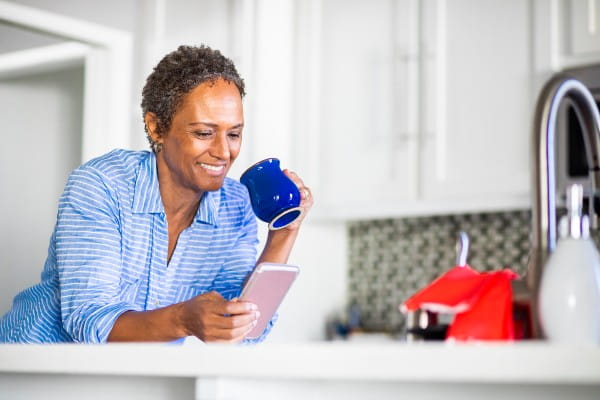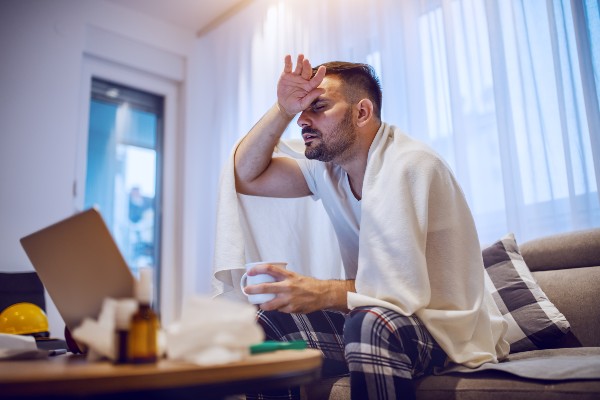If you’ve tested positive for COVID-19 (the new coronavirus) and are currently recovering in self-isolation at home – or if you’re self-isolating because you have respiratory symptoms and think it could be COVID-19 – you need to have a plan for when you’ll end isolation and how.
“The goal of self-isolation is to stay away from others so you don’t get them sick,” says Rebekah Ann Vreeland Sensenig, DO, physician specialist in infectious disease at Riverside Health. “It’s imperative that you stay home until you’re not contagious. Ideally, you’ll work with your health care provider to figure out when you will no longer be contagious.”
With the right information and guidance, Dr. Sensenig says you can safely end self-isolation without fear of infecting others.
Here are three steps she suggests for coming out of isolation.
1. Use science to determine your end date.
“Using the scientific data we have available regarding the incubation and contagious periods of this virus and the timeline of your symptoms, we can make a good guess at when it’s safe for you to end self-isolation,” Dr. Sensenig explains.
You can create a timeline of your symptoms by monitoring and writing down your symptoms every day, from onset to recovery. It’s believed that SARS-CoV-2 (the virus that causes COVID-19) is most contagious when a person first starts to show symptoms. For this reason, the Centers for Disease Control and Prevention says to stay isolated until you’ve met all three of these requirements:
- It’s been at least seven days since your symptoms developed.
- Your symptoms have improved.
- You haven’t had a fever without the use of fever-reducing medicines for three full days.
However, there are also reports that say it might be possible to spread the virus up to eight days after you recover.
“What all this means is that you should keep self-isolating even after you feel better,” says Dr. Sensenig. “To be on the safe side, stay home for at least eight days after your symptoms improve or for as long as your doctor recommends.”
2. Continue to take precautions even after you leave home.
Some people have tested positive for COVID-19 after their symptoms have been gone for a while. In addition, the incubation and contagious periods for the virus are still being researched. Because of these factors, many experts recommend that you take the following precautions even after ending self-isolation:
- Wear a face cover in public.
- Stay at least 6 feet away from others.
- Avoid touching surfaces.
3. Monitor your household.
Dr. Sensenig says it’s also important to keep an eye on those who live with you and are caring for you while you’re sick.
While you’re recovering:
- Stay isolated from them as much as possible.
- Wear a face cover when you’re around them.
- Ask them to wear a face cover if they have to go out in public.
Once you come out of isolation, monitor their health, watching for any possible signs or symptoms of the coronavirus.
“And if you want to be extra cautious, ask members of your household to self-quarantine for 14 days after you end your isolation,” Dr. Sensenig says.



